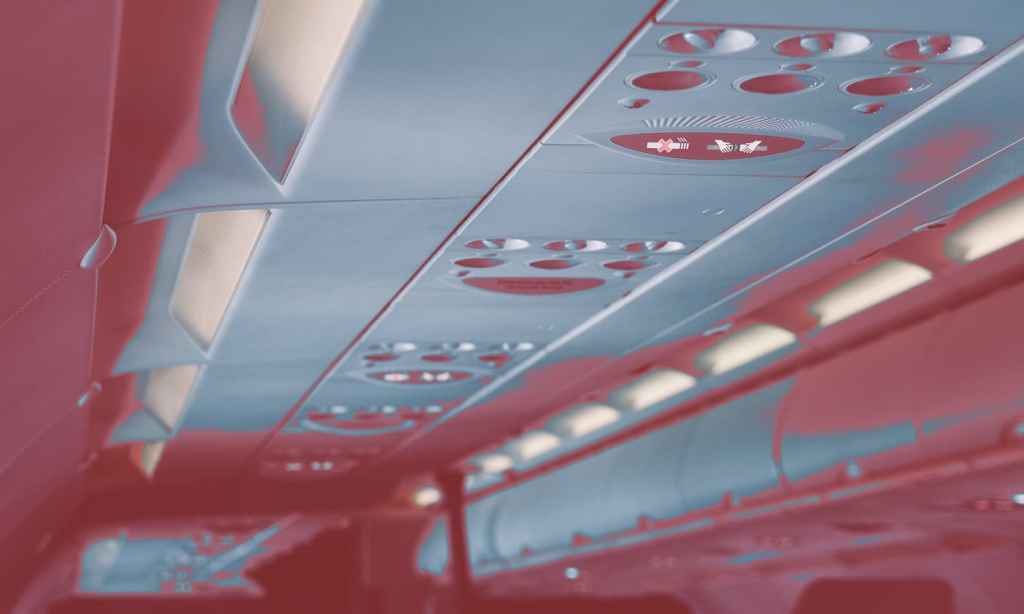In the wake of the coronavirus outbreak, travellers are becoming increasingly aware of airborne and on-surface germs, and are taking active steps to avoid touching or coming into contact with particles that could do them harm — wearing face masks and using hand sanitiser regularly, for example.
As a germaphobe myself, I’ve long been known to wipe down hard surfaces and avoid touching certain parts of a plane on long-haul travel. My companions may have called my actions extreme in the past, but taking precautionary measures such as these are known to be beneficial against ailments like the common flu. At least that’s what I tell myself, anyway.
In 2004, a study in the Journal of Environmental Health Research justified my process when it found travellers are up to 113 times more likely to catch a cold onboard a flight than on the ground. And this is largely thought to be linked to lower levels of humidity in the cabin.
Now, we’re not suggesting anyone emulate Naomi Campbell’s full airplane routine, which involves rubber gloves, hospital-grade disinfectant, a BYO blanket and, of course, a face mask, though it’s a recommended watch (skip to 2:30 for the tutorial).
But with a wealth of data to back up the sheer number of bacteria on planes and our exclusive insight from a flight attendant (who has chosen to remain anonymous), we’re here to make a strong case for Dettol in the air.
You may assume the bathroom to be the dirtiest place on the plane, but in fact, there are a handful of other zones more likely to make you ill, and they’re right there in your seat.
According to a 2015 study by TravelMath, the tray table is considered the spot with the highest concentration of germs per square inch with 2,155 colony forming units of bacteria (read: do not place your bread roll on the tray).
The overhead air vents were found to have around 285 colony forming units per square inch on their dials, while toilet flush buttons had fewer germs at 265 colony forming units per square inch.
Surprising? Yes, although our flight attendant tells us the airplane lavatories are cleaned often throughout the flight, while flight staff have little time in between journeys to wipe down hard surfaces in the body of the cabin.
“We keep our toilets as tidy as we can, and almost every hour, flight staff will enter and disinfect everything in the bathroom, from the seat and mirrors, to the locks and the floor,” the attendant tells TheLatch—.
“In saying that, when I am a travelling passenger I will always use paper towel to open the lock or door, because I’m certain around 80% of the people don’t wash their hands before exiting the toilets on flights.”
For those concerned with bacteria on a flight, our attendant suggests bringing antibacterial wipes for hard surfaces in your seat area, and always wearing shoes to the toilets, of which there are around 50 people to one bathroom.
“Please, for the love of God, wear shoes to the restroom. I always pack a pair of thongs or Birkenstocks and would recommend anyone do the same on long flights. There really is no excuse to go into the toilet barefoot or just in socks — I don’t have to tell you that liquid on the floor isn’t water. It is never water.”
And the best time to go? Our attendant says the toilet will be cleanest shortly after take-off or during quiet moments of the flight. “The line is much longer after meals, so we don’t get much time to get in the bathroom and clean it.”







